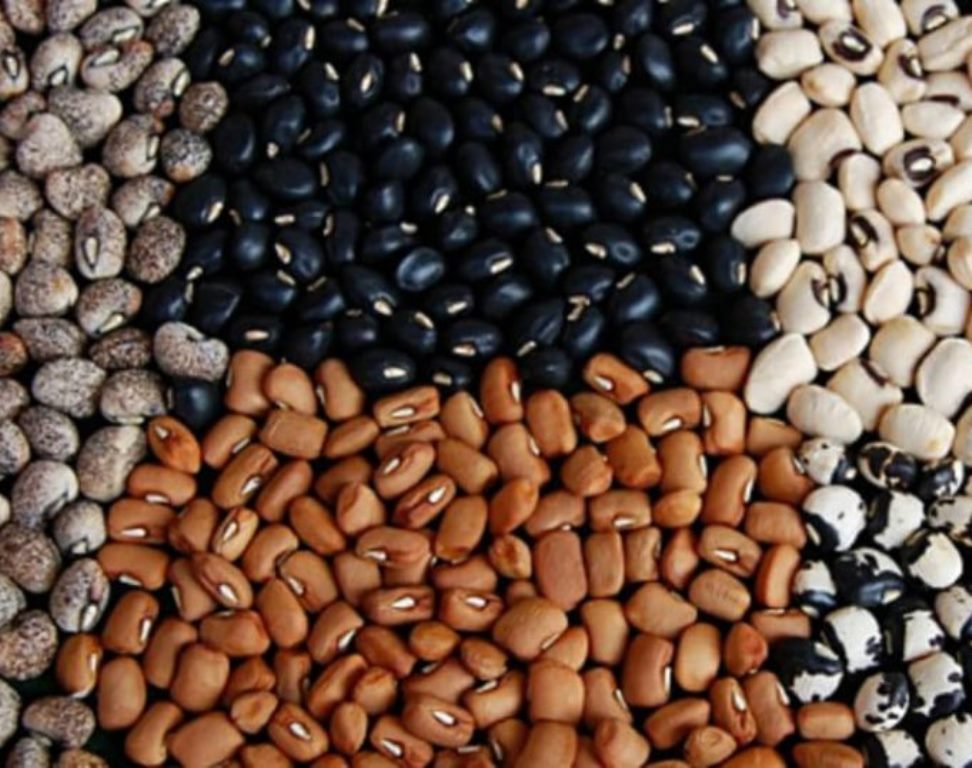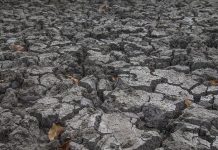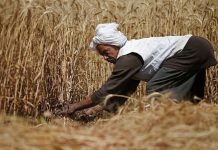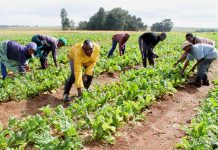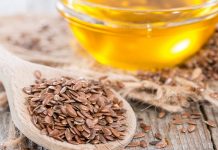AfricaPress-Tanzania: IT is not uncommon for some parts of the country to be affected by drought, which is caused by delayed rains and hot weather. For several months now, Dar es Salaam which is known for long spells of hot weather, is having it rough.
However, residents of major cities in the country have numerous ways of dealing with the hot weather conditions, which includes fitting offices and residential houses with air condition units, and driving in air conditioned cars.
This luxury however is enjoyed by a small section of the majority, which leaves a bigger number practically ‘roasting’ under the intense heat because there is nothing they can do about it.
Serious thought should be directed in rural areas, where most of the agricultural activities in the country take place, and where long spells of hot weather translate to serious drought, which in turn translates to shortage of food.
The latest UN Food and Agriculture Organisation’s annual Africa Regional Overview of Food Security and Nutrition Report highlighted drought as one of the key factors contributing to the continuing rise in the number of hungry people in sub-Saharan Africa.
Drought, a period of inadequate rain or no rainfall, is the main cause of crop yield loss in Africa, including Tanzania, which ultimately cause food insecurity and famines.
In early 2018, over 15 million people from countries ranging across the continent — including Somalia, Ethiopia, South Africa and Kenya — were affected by drought.
Smallholder farmers are most affected by drought because many don’t have irrigation technology and rely on rainfall for their crops. With the unpredictability of rainfall patterns smallholder farmers are no longer able to plan their planting seasons.
That is why Tanzanian farmers should now concentrate on drought resistant crops.
Drought tolerant crops — like maize, cowpeas and rice — have been bred through conventional plant breeding techniques or biotechnology and continue to grow and produce even when rains fail.
They’ve been around since the 20th century, but the last two decades have seen an increase in drought tolerance research that targets staple crops like maize, rice and wheat.
Of course, even though there are benefits to planting drought resistant varieties, they aren’t a silver bullet. There are other steps farmers must take to make the most out of planting these tolerant varieties.
For example, they must still look after the health of soils and practice mulching — covering soil between plants with a layer of material to keep the soil moist — to keep moisture in during periods of drought.


